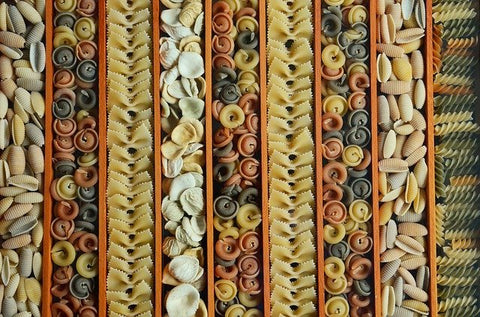
Mar 22, 2021
Did it ever cross your mind why pasta comes in so many shapes and sizes?...
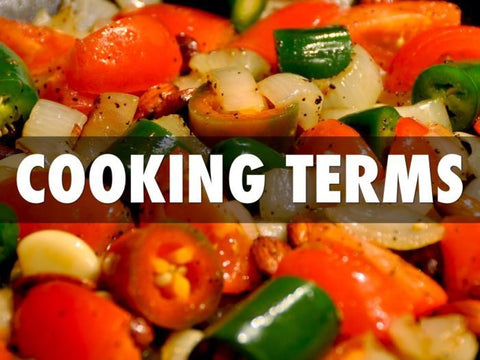
Mar 22, 2021
Ready to start cooking? Learn to decode common cooking terms and ensure that recipes turn...
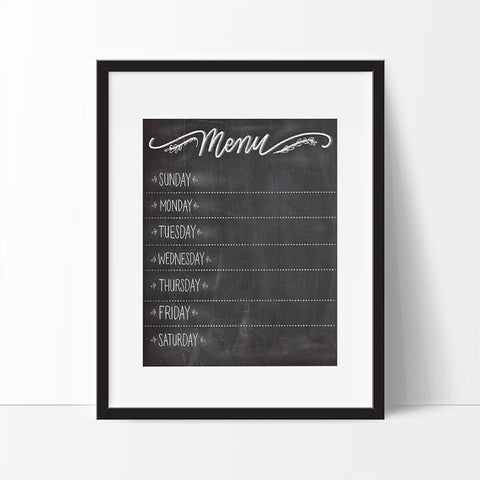
Mar 22, 2021
The Benefits of Making A Weekly Menu Plan You will save money. When you make a...

Mar 22, 2021
Trying to find time in your busy schedule to make dinner is one thing. Trying...
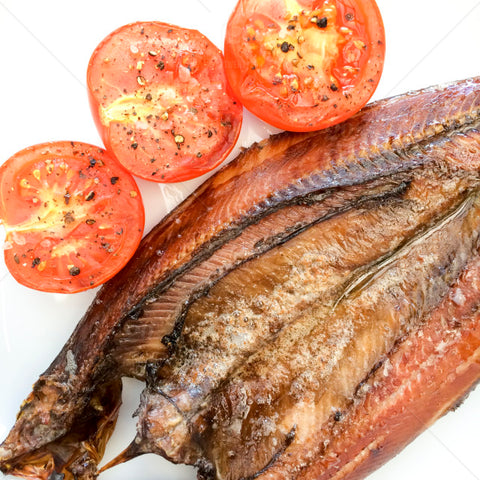
Mar 22, 2021
Red herrings, bloaters and kippers all begin life as herrings but are transformed by being...
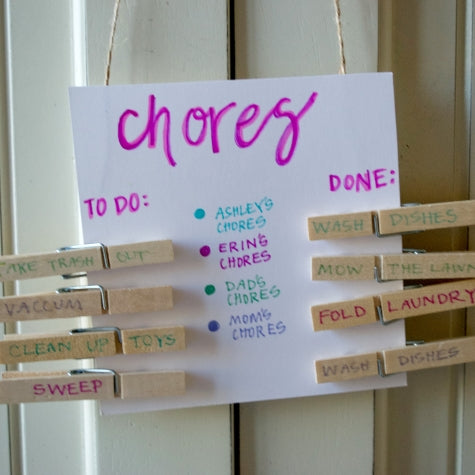
Mar 22, 2021
Hide treats, stickers, or pennies in, on, or under knickknacks, then ask your child to...